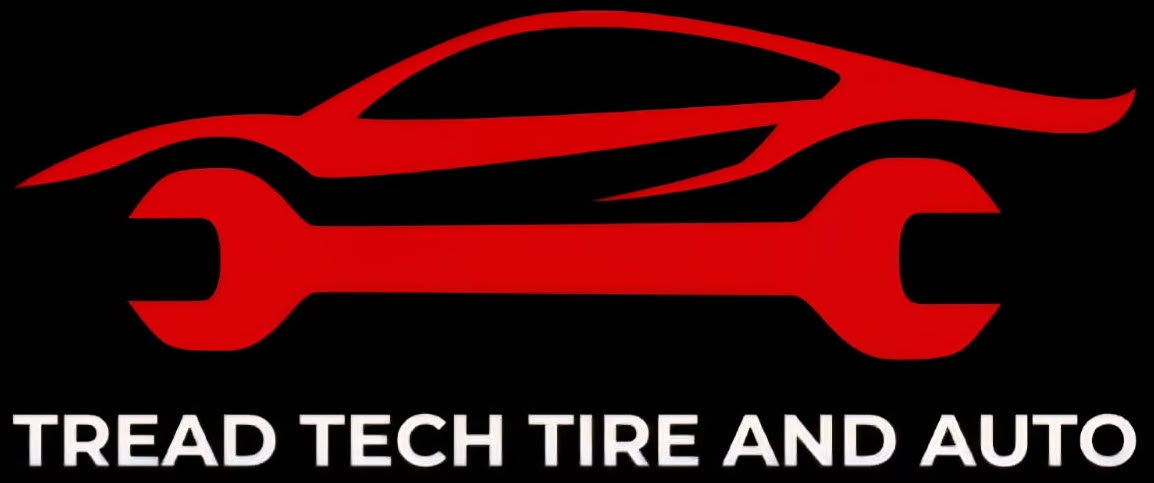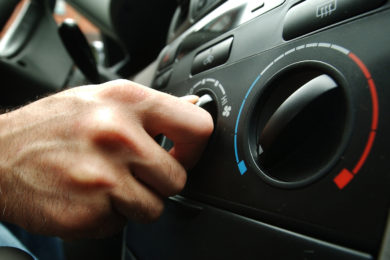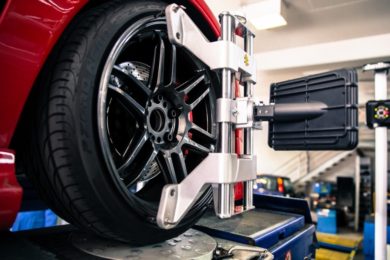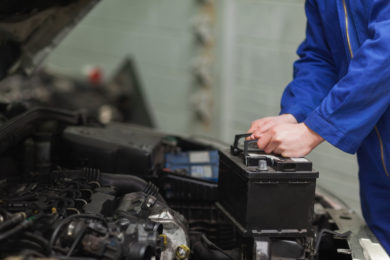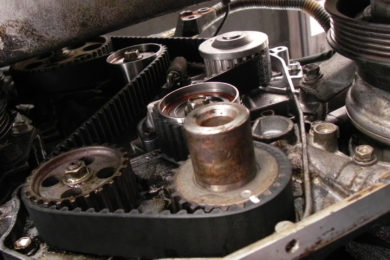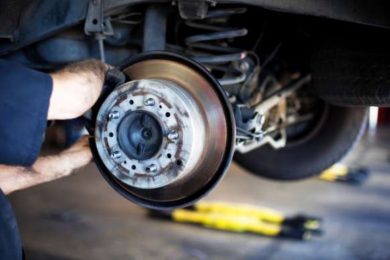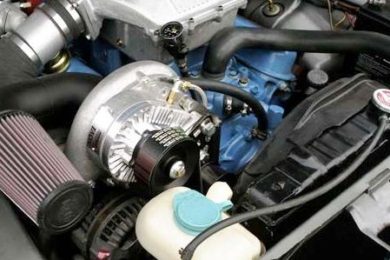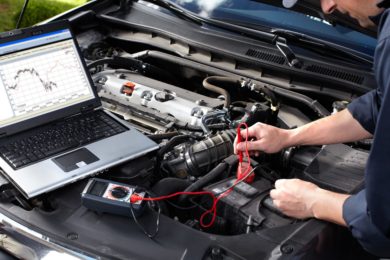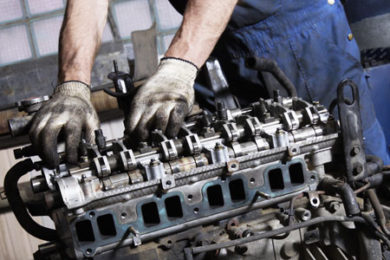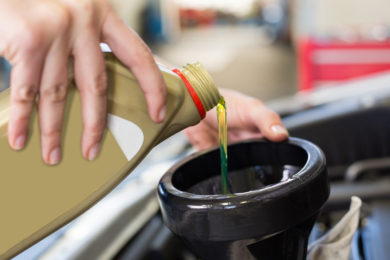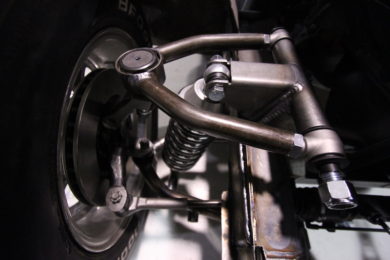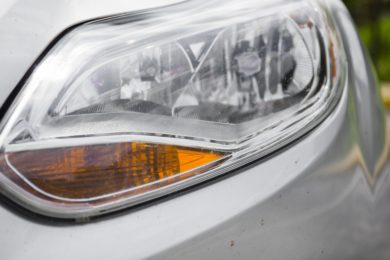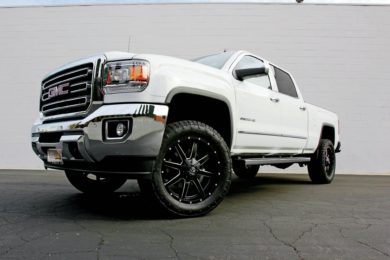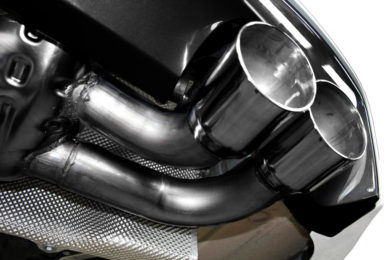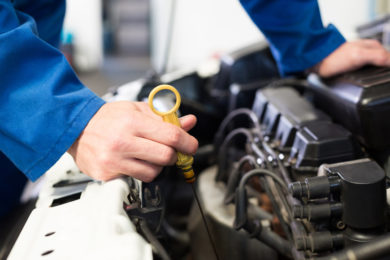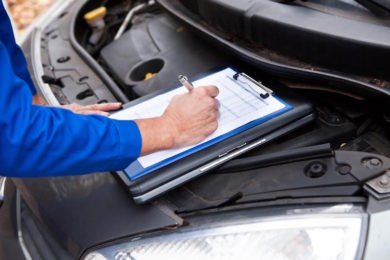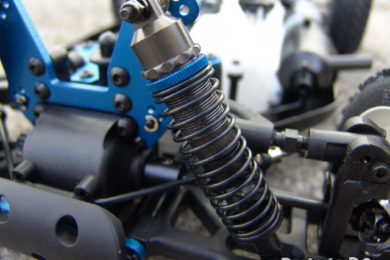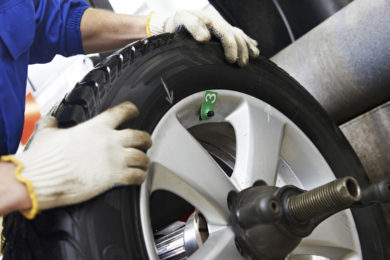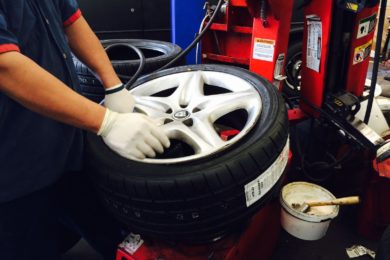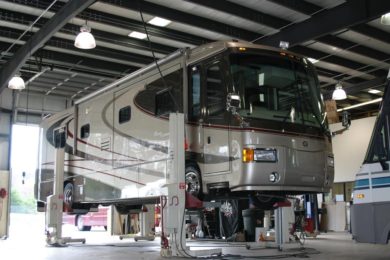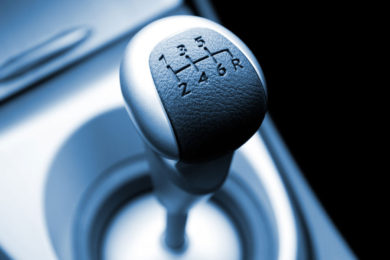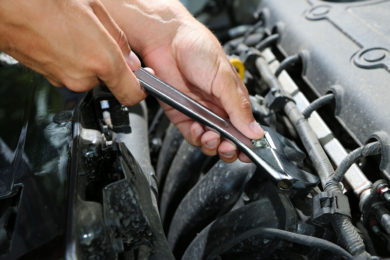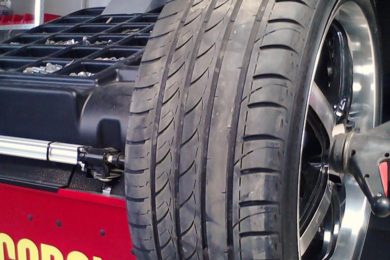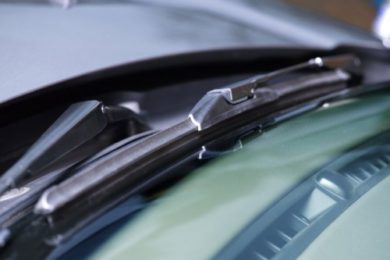Brake Service
Brakes are the most important part of the safety system in your vehicle. Come by anytime for a free brake inspection. We’ll identify any potential problems and suggest the necessary repairs to ensure your vehicle is safe and road-ready.
A complete brake service will include the following:
- Check for moisture and contamination
- Inspect hydraulic lines/hoses
- Inspect wheel cylinders/calipers
- Inspect master cylinder/calipers
- Clean dirt/old fluid out of master cylinder
- Flush old fluid out of master cylinder/calipers/wheel cylinders
- Add new brake fluid to master cylinder
- Road test vehicle for proper brake operation
- Install new Brake Pads that meet factory specs.
- These are the frictional materials applied to the brake surface that squeeze against the rotors or drums when the brake is applied to slow the car to a stop. Over time, these pads become worn and must be replaced.
- Brake Rotor
- The rotor can become worn due to constant pad contact and the extreme temperatures created. Machining (scraping or cutting so it is smooth and true) the rotor is allowable within specification, but if the thickness of the rotor becomes too thin or the surface is scored or warped, they will need to be replaced. Depending on vehicle type, replacement may be the only option.
- Parking Brake
- The emergency or parking brake holds the vehicle stationary while parked. Adjustment requires making sure the parking brake system is neither too lose nor too tight. If too loose, the system will not hold the vehicle stationary; if too tight, the parking brake will wear prematurely.
- Brake Fluid Flush
- Your brake fluid requires regular service because it becomes contaminated by moisture. Brake fluid contamination has become so much of a concern that some car manufacturers have added brake fluid service to their required maintenance schedules.
Other Services
© Copyright 2025 Tread Tech Tire & Auto
